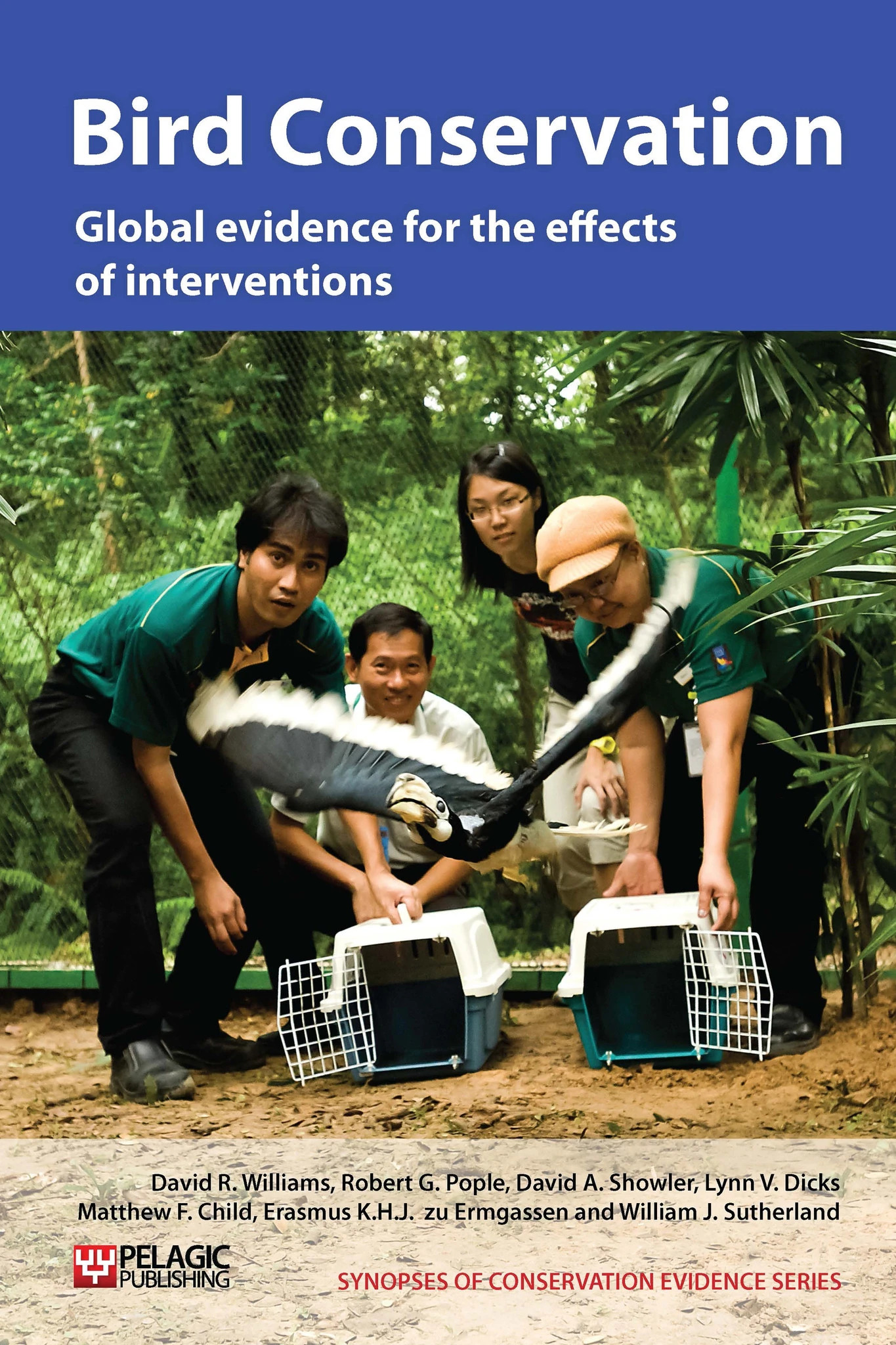Provide supplementary food for rails and coots to increase reproductive success
-
Overall effectiveness category Unknown effectiveness (limited evidence)
-
Number of studies: 4
View assessment score
Hide assessment score
How is the evidence assessed?
-
Effectiveness
33% -
Certainty
26% -
Harms
0%
Study locations
Supporting evidence from individual studies
A small randomised and controlled trial on a lake in Washington State, USA, in 1982 (Hill 1988), found that American coots Fulica americana from three territories given supplementary food (1 kg of dog food provided three times a week in each experimental territory) laid heavier eggs than coots from four control (unfed) territories (30 g/egg for fed birds vs. 28 g/egg for controls), but that there was no consistent effect on clutch size (first laid clutches: 8 eggs/clutch for fed territories vs. 9 eggs/clutch for controls; when including replacement clutched: 8.7 eggs/clutch vs. 9.0 eggs/clutch).
Study and other actions testedA replicated cross-over trial in a waterfowl park in Cambridgeshire, UK (Eden et al. 1989), during spring and summer 1986 and 1987 found that common moorhens Gallinula chloropus had less time between clutches when provided with supplementary food than when no food was provided (average of 43 days between broods when fed vs. 49.0 days when unfed, nine females tested). However, fed birds were not more likely to produce second broods (84% of 19 fed territories producing second broods vs. 70% of 44 controls). Supplementary food was provided by an ‘igloo-shaped feeder’ in each fed territory, from five days before the first clutch hatched until the second clutch (if produced) was completed.
Study and other actions testedA randomised, replicated and controlled study in wetlands in Manitoba, Canada, in 1987-9 (Arnold 1991), found that within-clutch variation in the size of American coot Fulica americana eggs was slightly (and significantly) lower in territories where supplementary food was provided (at least one of steam- rolled corn, commercial trout food, commercial rabbit, chicken layer diet or oystershell), compared to in control (unfed) territories (3,219 eggs from 357 clutches measured, standard deviation of 1.2 cm3 for fed clutches vs. 1.4 cm3 for controls). Additional results from this study are presented in Arnold 1994.
Study and other actions testedA randomised, replicated and controlled study in wetlands in Manitoba, Canada, in 1987-9 and 1991 (Arnold 1994), found that American coots Fulica americana laid clutches significantly earlier and had significantly larger clutches when provided with supplementary food (steam-rolled corn and commercial rabbit food), compared with control (unfed) pairs (average of May 5th for first laying date for fed 309 pairs vs. May 7th for 386 unfed pairs). However supplementary food did not affect egg size or laying rate and the authors note that feeding only accounted for 1% and 3% of the variation in laying date and clutch size respectively. No data was presented on the hatching rate or survival of chicks.
Study and other actions tested
Where has this evidence come from?
List of journals searched by synopsis
All the journals searched for all synopses
This Action forms part of the Action Synopsis:
Bird Conservation
Bird Conservation - Published 2013
Bird Synopsis





)_2023.JPG)














